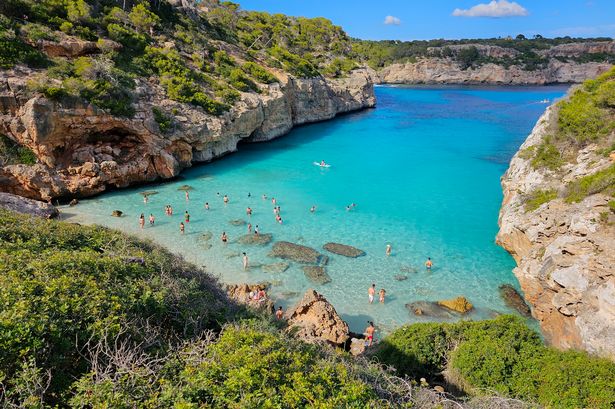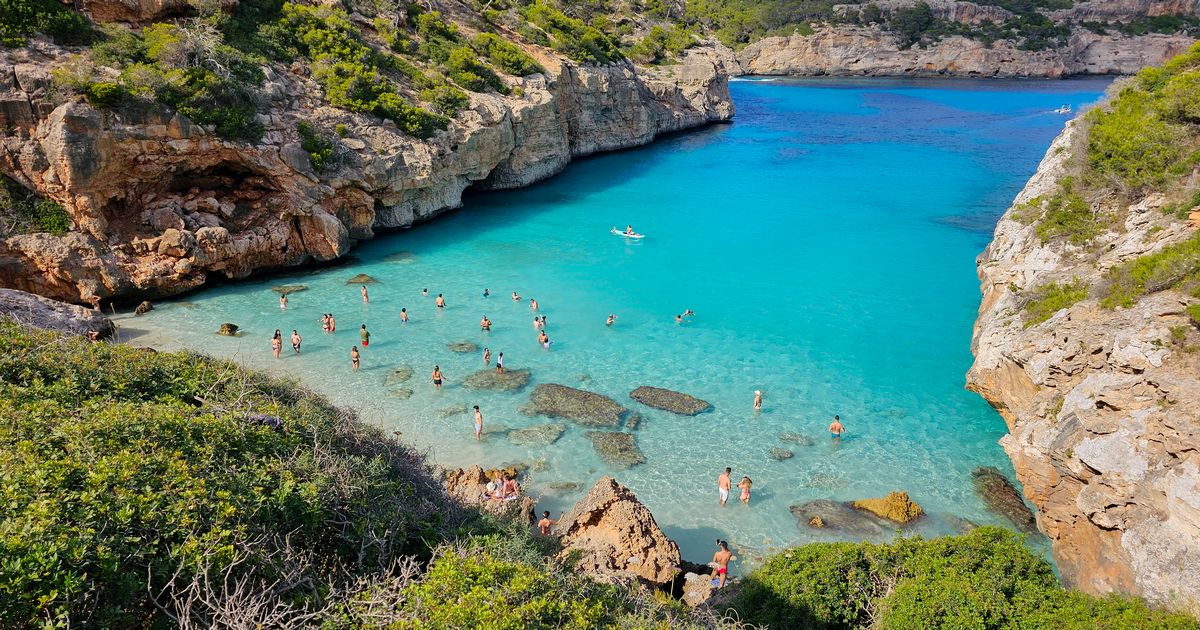Local authorities are in the midst of a struggle against an invasive species that threatens the local ecosystem
Maria Ortega and Kieran Isgin Money & Lifestyle writer
03:00, 31 Jul 2025
 Mallorca is in the midst of tackling an invasive species(Image: Getty Images)
Mallorca is in the midst of tackling an invasive species(Image: Getty Images)
A popular tourist hotspot in Spain has reportedly been invaded by so many snakes that experts are calling for “thousands and thousands of traps”.
Mallorca, a tourist spot that attracts more than 2.3 million Brits per year, and the wider Balearic archipelago has seen a sharp rise in foreign snake species.
One species in particular, the horseshoe snake, could pose significant dangers for the local ecosystem.
While the snake can adapt to a wide range of environments, it is generally found in forests, agricultural areas, and places where humans usually live across southwestern Europe.
It is understood that COFIB (an organisation in Mallorca that deals with wildlife recovery and shelter) captured nearly 3,000 horseshoe snakes in 2023 alone.
Despite its efforts, the invasive snake species still poses a threat to the ecological balance in the area. Samuel Pinya, a biologist from the University of the Balearic Islands (UIB) told Spanish news outlet Diario AS: “We need thousands and thousands of traps to reduce the population.”
He added: “The horseshoe snake has swum in, and when it arrives, it eats everything.” Nicolau Cerdà, member of the Association of Organic Farmers and Producers of Mallorca (APAEMA) added: “These snakes are beneficial for farmland on the mainland, but on an island like Mallorca, with no predators at all, they become voracious and hunt all wildlife.
“They have no competitors and cause imbalances in nature. They’ve almost wiped out the lizard, and all small fauna, such as geckos, amphibians or small birds like chicks, sparrows or partridges, they wipe them out.”
What if a tourist is bit by a horseshoe snake?
While local authorities are concerned about the snake’s influence on the local ecosystem, they pose little threat to humans in the area. This is because the special is not venomous so a bite shouldn’t pose a significant risk to life.
Despite this, if tourists do encounter a horseshoe snake while on holiday in Mallorca, they should stay at a safe distance as it can still leave a nasty bite if it feels threatened.
It may also be advisable to inform local authorities, as local efforts are still ongoing to control the horseshoe snake population.
How to identify a horseshoe snake
Mallorca is home to various snake species, so it can be difficult to easily identify which one may need reporting to the authorities.
However, the horseshoe snake generally stands out from other snakes due to its larger body, which can grow up to 170cm long.
The head is also flat and pointy and thus stands out from the rest of the body. Its namesake can also help identify it as the species tends to have an open horseshoe-shaped tail, which is also very long and thin.
Typically, the scales of a horseshoe snake are olive-brown in colour and are often covered in dark round spots with a white or yellow body.
